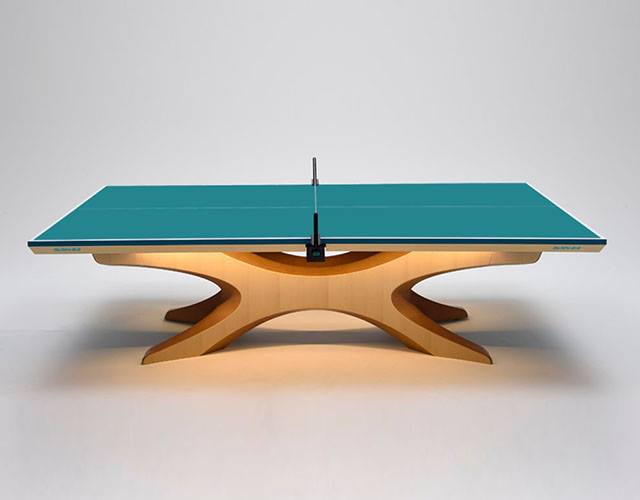
These streamlined eye-catching table legs form the contours of an infinity ∞ loop, and are sourced from fallen trees from the Great East Japan Earthquake.
If you’ve ever heard of ping-pong diplomacy between Nixon and China in the Cold War, then you’ll know that ping-pong matches can have the magical affect of thawing tense relations between bickering countries. Also known as table tennis, ping-pong is a popular competitive sport requiring players to have extraordinary hand-eye coordination and instantaneous reflexes.
Have you glimpsed those lovely new ping-pong tables in the Rio 2016 Olympics? San-EI Corporation, a leading Japanese manufacturer of ping-pong tables, had the honour of supplying the tables this year. These tables sport curvaceous wooden legs in lieu of the regular spindly ones, and boasts a new table colour called “Les yeux bleus”, or blue eyes.
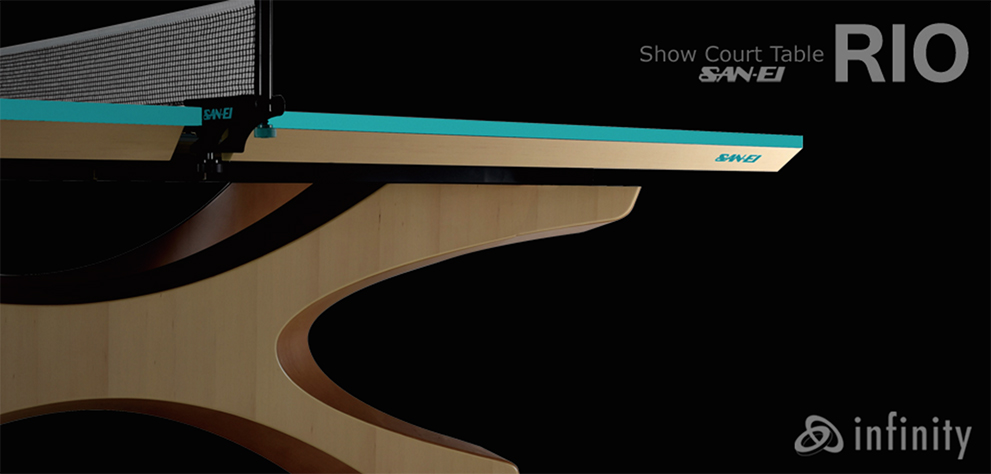
This is not a piece of sports equipment, but a work of art of the finest industrial caliber. San-Ei also supported sporting goods for Olympic table tennis tournaments in 1992.
In an interview, SAN-EI Corp. President Shin Miura explained how he was inspired by the experience of Japanese immigrants to Brazil, in which table tennis was a frequent source of entertainment in immigrants’ daily lives, to supply tables for the Rio Games. Together with Shinichi Sumikawa (who designed Sony’s Walkman), Miura sought ways to combine Japanese and Brazilian elements into one cohesive whole, while paying respect to the great 2011 Japanese earthquake disaster.
In hearing that Japan took home 3 medals (1 silver and 2 bronze) in this year’s tournament, Sumikawa said he felt “elated” and “thankful” that he was given the opportunity to design the tables. And although he typically doesn’t reveal design sketches, he did share this image below in light of all the media attention that the tables are getting:

Sumikawa notes that the form was partially inspired by the Kanji 支 (to support), which references Japan’s reconstruction, recovery and all the support they received from all around the world after the 2011 earthquake and tsunami.
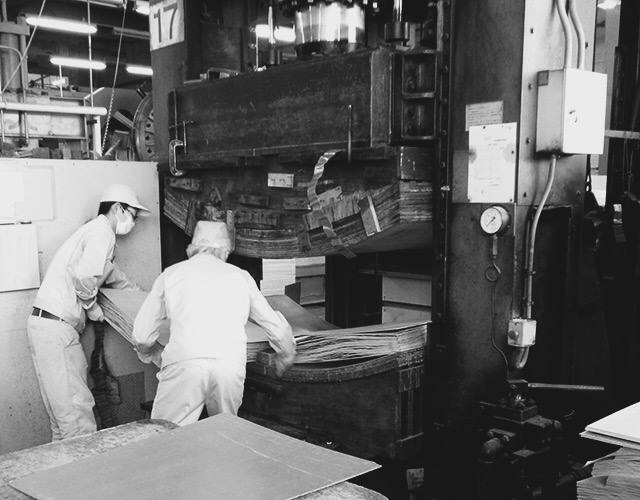
After applying glue between large sheets of laminated wood, workers place the mass under a compress to bind them together. After a rigorous checking, smoothing, and painting process, they will expose the wooden table top to ultraviolet light to harden the paint to a high sheen.
According to San-Ei engineer Yesao Yoshizawa, when the International Table Tennis Federation first saw Sumikawa’s design sketches for the uniquely shaped legs, they said, “This table’s construction is absolutely unstable. It’s going to be very difficult to certify this.” Despite this doomsday message, after many days of trial and error, engineers were able to reinforce the table to exceed Olympic standards.
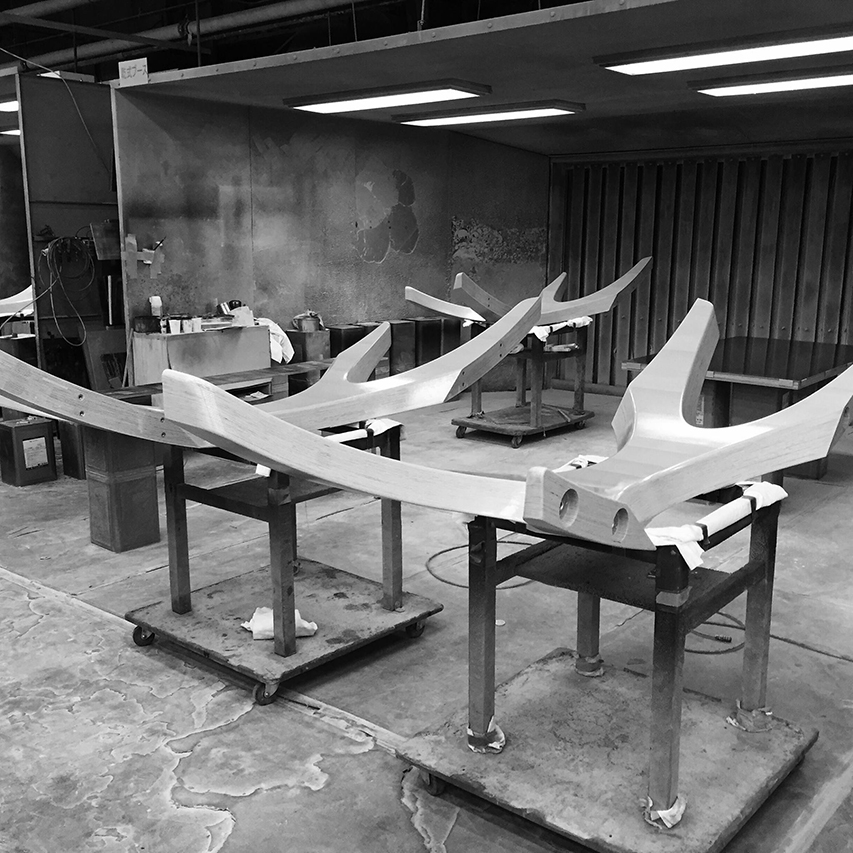
During the final stages of production for the wooden legs, works use large mechanical files to smooth the legs into flawless contours. The legs are made of is buna (Japanese beech) grown in Miyako City in Iwate Prefecture, an area wrecked by the tsunami during the 2011 Great East Japan Earthquake.
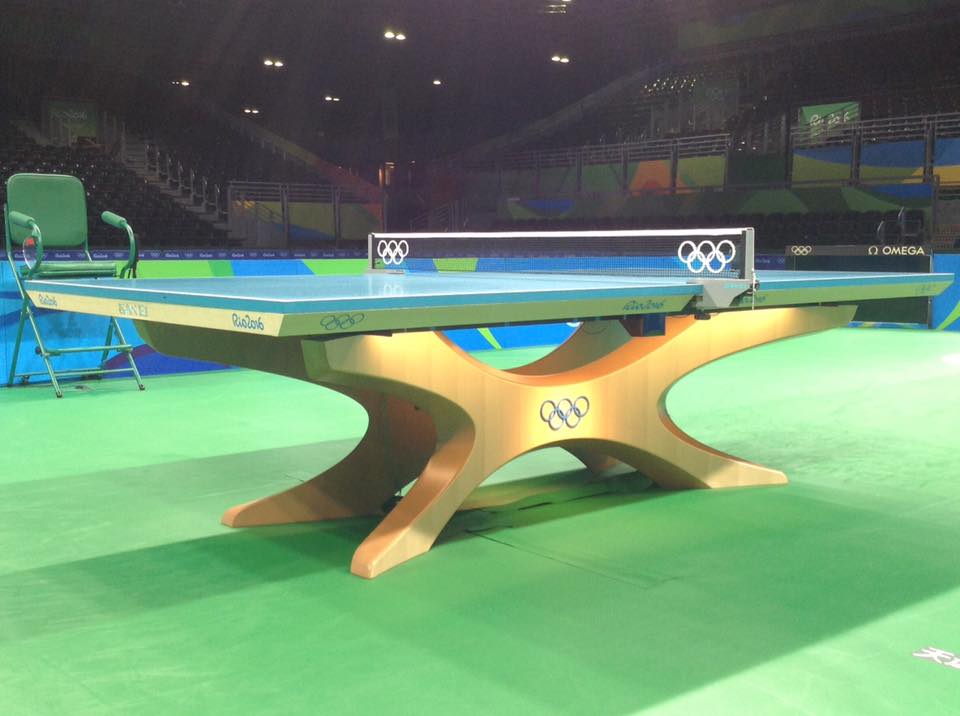
A tennis table in its natural environment. While the color of a tennis table is blue in Japan, it is green in Europe, so Miura and Sumikawa selected a color that could appear to be either blue or green depending on the quality of light.
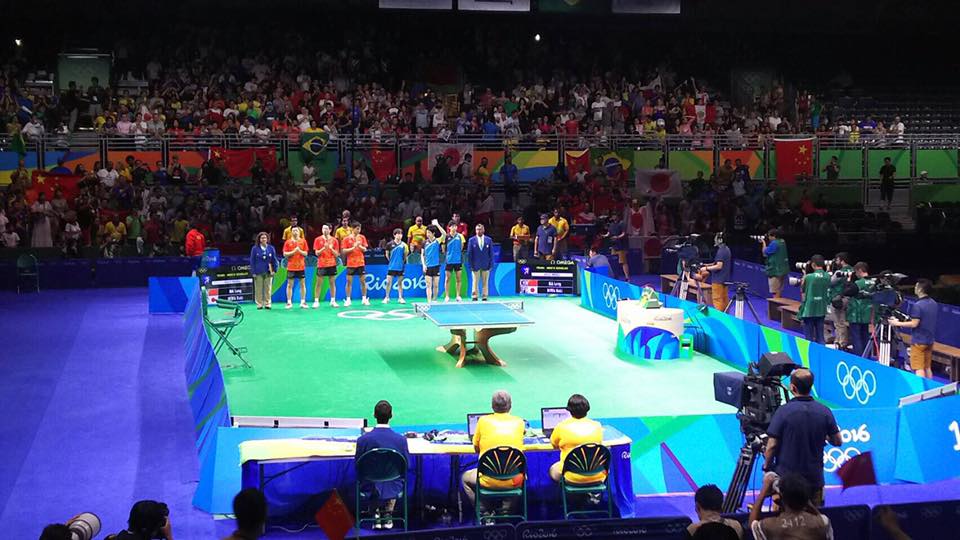
The ping pong features at the 2016 Rio Olympics, as judges deliberate.


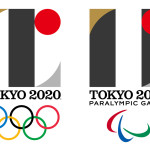
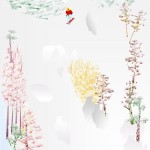
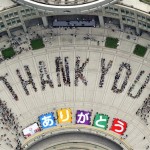
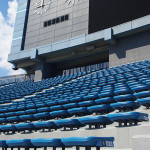


















August 25, 2016 at 12:41 pm
Tendo Ltd. manufactured the sculptural base of this table; their expertise in plywood furniture is in a class all of it’s own.
September 8, 2016 at 1:37 pm
This is great, it is a perfect combination of form and function. I like it when people take risks whether it works out or not.